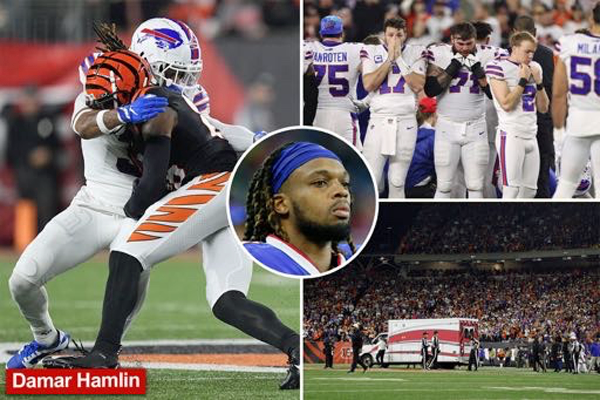
Excerpt from the Winter 2023 issue of The Extension
Baseball was once called the national pastime, but football has long since surpassed baseball at every level. The popular TV program “Friday Night Lights” let us in on how to build a state championship high school football team. In communities across America high school teams play in front of packed audiences. Many Americans carve out time on Saturday to watch their favorite college teams play. On one of those Saturdays in November, millions of households in Ohio and Michigan hunker down, turn off their phones and pray to the football gods for a favorable outcome. Sunday afternoons and Monday nights are reserved for the pros.
Ohio is especially blessed to have two such teamsthe Bengals and the Browns. We love our football the way Europeans love the game they call football, but we call soccer. We compare football to warfare. We talk about the trenches, players battling, and attacking offences, so it is no surprise that players
get seriously injured. In a recent Bengals v Bills game, Bills safety Damar Hamlin collapsed on the field following a tackle when the opposing players’ helmet banged into his chest. He was taken by ambulance to the University of Cincinnati Hospital where he eventually regained consciousness. He continues to recover at home. The NFL suspended and eventually cancelled the game.
By contrast, in the 1971 game between the Detroit Lions and the Chicago Bears, the Detroit wide receiver Chuck Hughes came back to the huddle after a play, clutched at his heart and collapsed on the field. Trainers rushed to his aid, but when the ambulance delivered him to the hospital, he was pronounced dead immediately. The game continued to its “conclusion before a stunned and silent crowd.”
These frightening dramatic incidents are only one small aspect of the danger football poses to players. Chris Nowinski (right photo), a neuroscientist who was a professional athlete, details the chronic conditions many players experience. NFL players are especially prone to early onset cardiovascular disease, arthritis, and neurodegenerative disorders that often lead to dementia. He lists 10 NFL players who died from heart disease in their twenties, thirties, and early forties since 2015, one as young as 26. NFL players also suffer disproportionally from A.L.S. and Parkinson’s Disease. He notes that “N.F.L. players in their 50s are 10 times as likely to be diagnosed with dementia as the general population.”
These problems are not limited to professional football players. Anyone who plays tackle football is at risk. The more years a person plays, the greater the risk of traumatic brain injury. And as Nowinski points out, youth players don’t get paid and can’t really give informed consent. A CDC (Center for Disease Control) study found that the average kid playing tackle football experienced 389 head impacts per season. Playing flag football until high school is only a partial solution. More and more parents are likely to steer their boys away from football and toward sports that build health, not threaten to destroy it.

